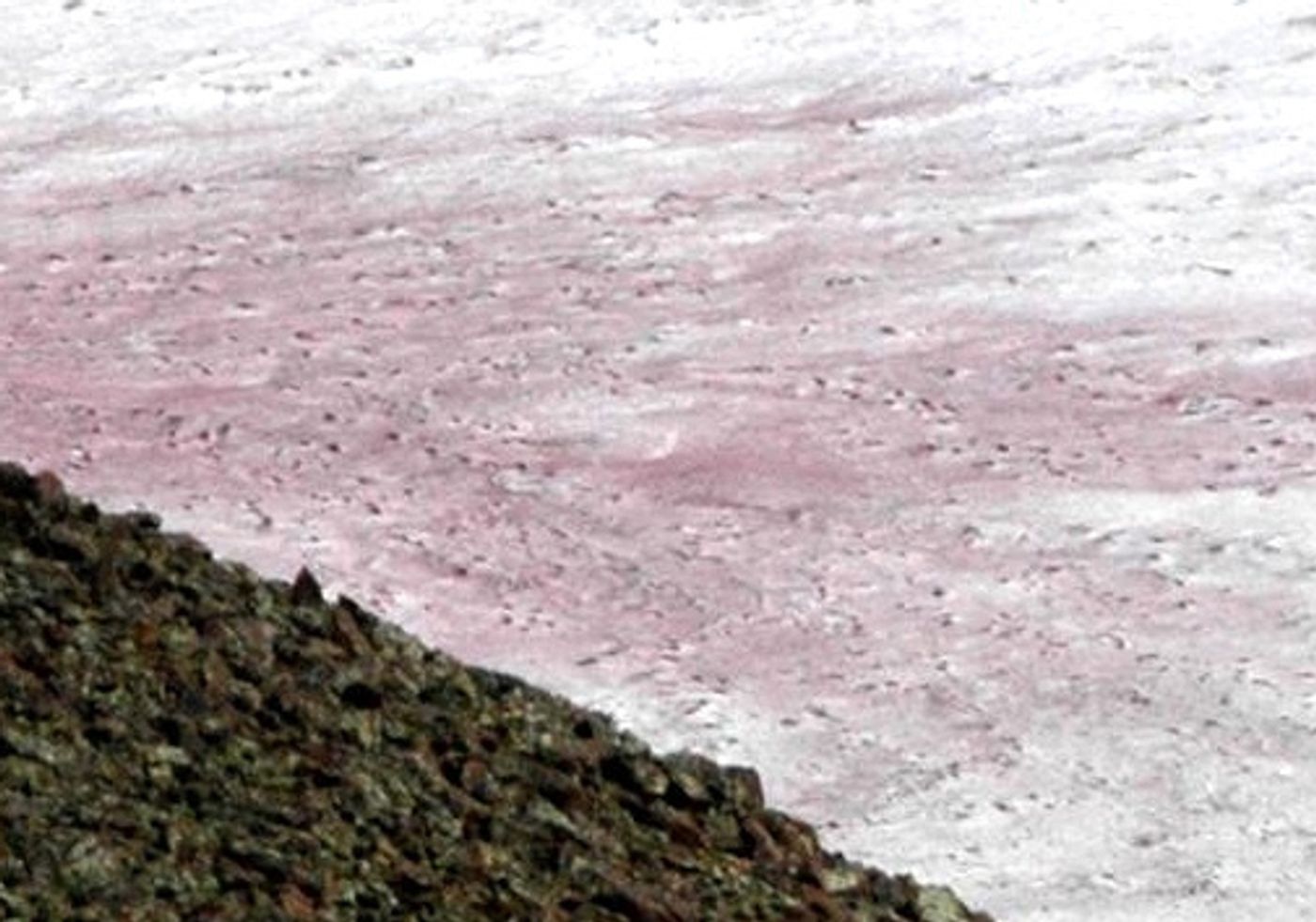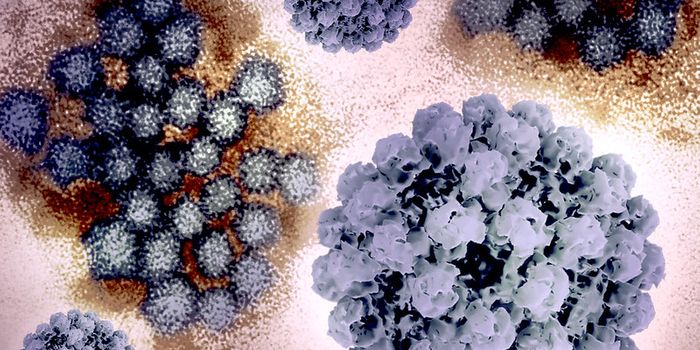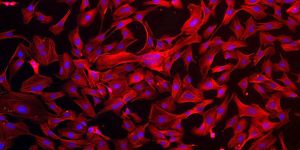The Arctic is melting down at an unequaled rate, shaped by a multitude of circumstances. One of the most influential of those factors is how much light is absorbed or reflected by the ground.
New work in Nature Communications by Stefanie Lutz and Liane Bening and colleagues of the School of Earth and Environment at University of Leeds in the UK shows that red-pigmented snow due to algal habitat blooming decreases the amount of reflected light. The extra light being absorbed by the red snow only accelerates melting wherever these blooms occur.
The Arctic is affected disproportionately by global warming. The glaciers residing there are vital parts of Earth’s climate and currents, so changes that happen there cause ripple effects that impact the entire world. The melt currently affecting those glaciers is influenced of course by temperature but also by albedo change. Albedo refers to the amount of light that gets reflected by a surface without having been absorbed. Glaciers are supposed to be able to reflect most of the light that falls on them, thus allowing them to keep the Earth cooler.
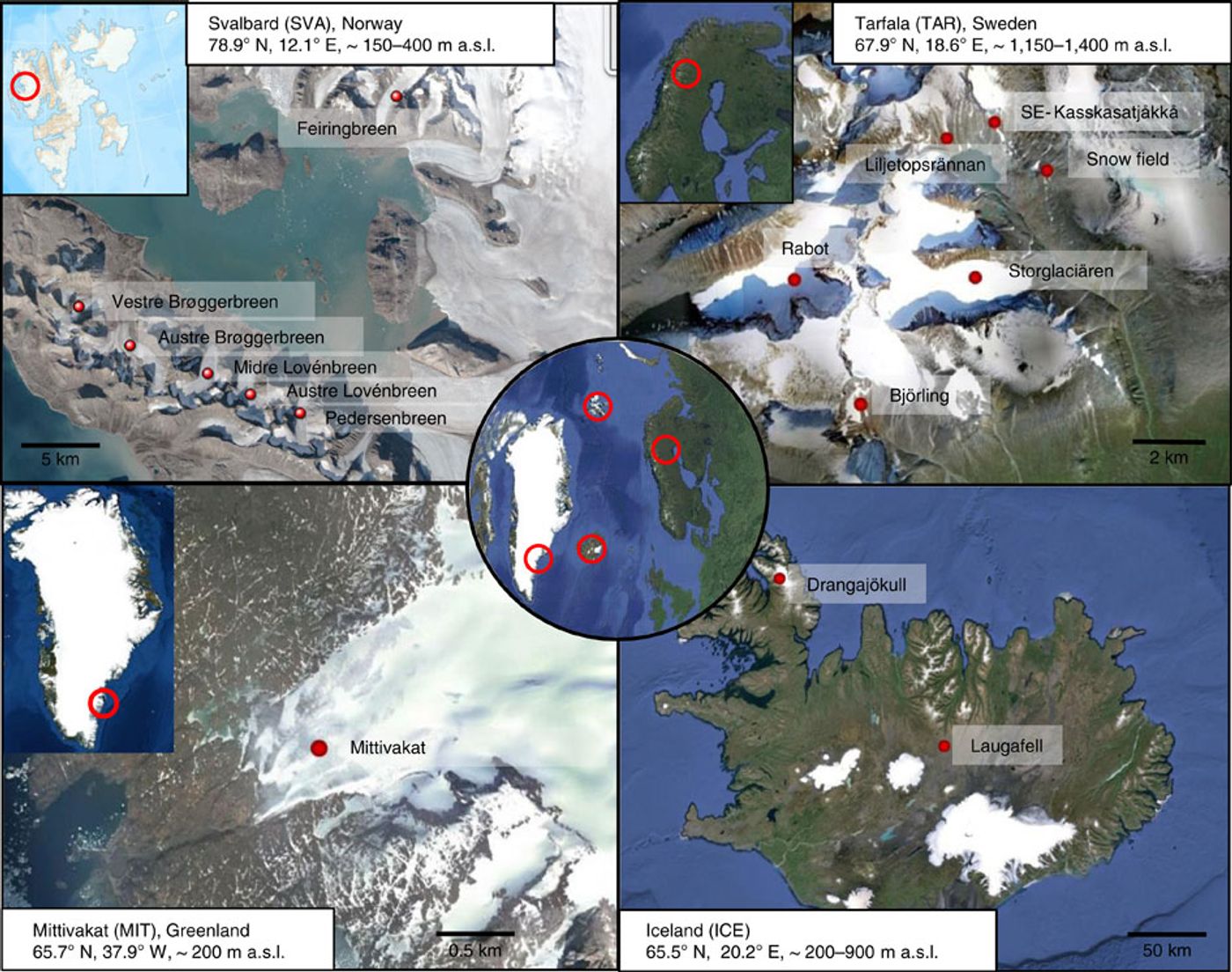
Their research analyzed the genomes of snow algae and found that while the microbes are ubiquitous, they also have little diversity across the Arctic. The research team selected four geographic locations that were characterized by substantial differences in the concentrations of carbon species, essential nutrients, trace elements in solid and liquid form, and mineralogy. They had therefore gotten a nice range of the various snow environments of the Arctic. The investigators could not find correlations between the distribution of algal species and any of these characteristics, leading them to conclude algae was unaffected by all these factors. It turned out that bacterial communities they studied in parallel were affected.
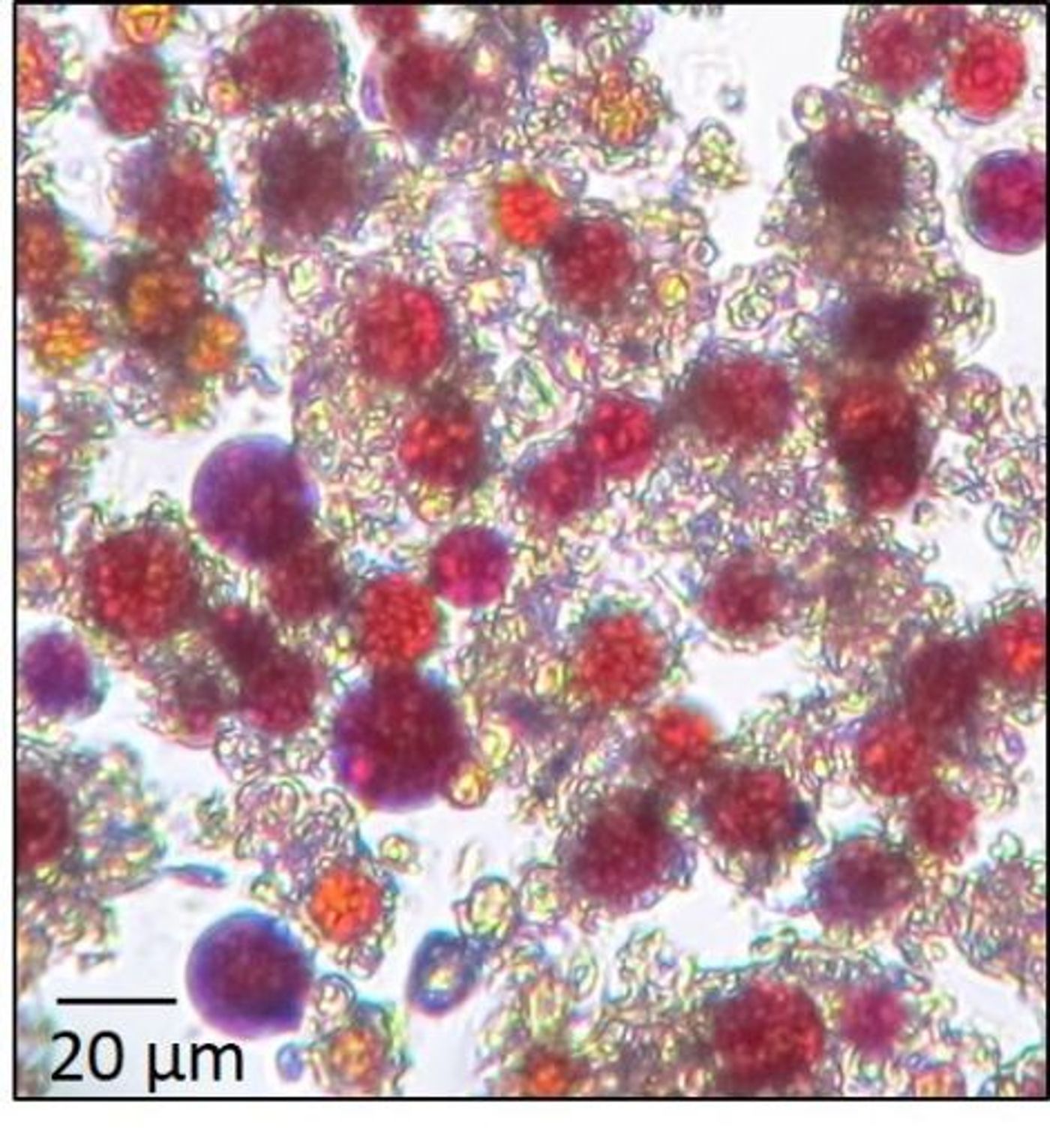
Because the red alga is richly colored, it will have a serious impact on the amount of light that gets reflected from snow. The researchers were able to establish that there is a clear decrease in surface albedo, reflected light, as the amount of algae life increases. There was a 13% reduction in albedo on surfaces where red algae were growing in this study. But those blooms can get much bigger. This all creates a situation that feeds back into itself.
“The algae need liquid water in order to bloom,” Lutz comments. “Therefore the melting of snow and ice surfaces controls the abundance of the algae. The more melting, the more algae. With temperatures rising globally, the snow algae phenomenon will likely also increase leading to an even higher bio-albedo effect.”
This video describes this phenomenon and the study.
Sources:
Gizmodo,
Nature Commuincations
